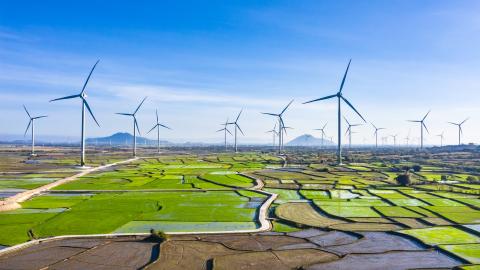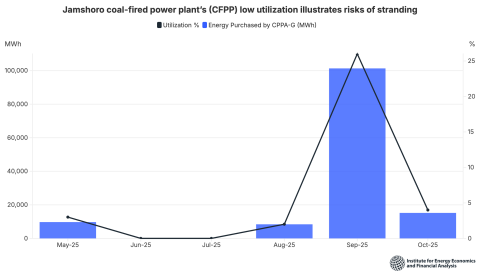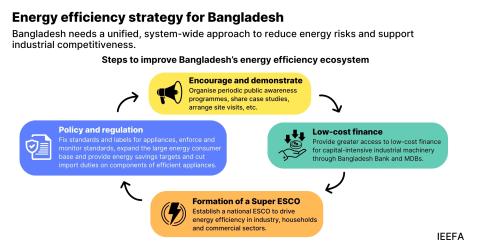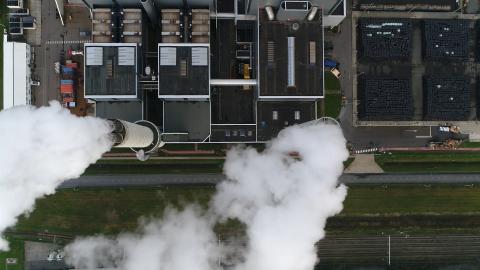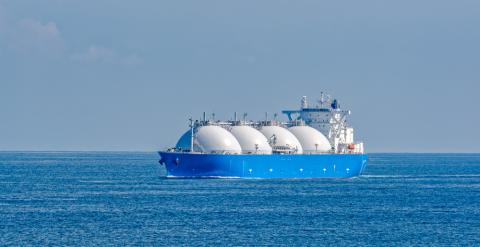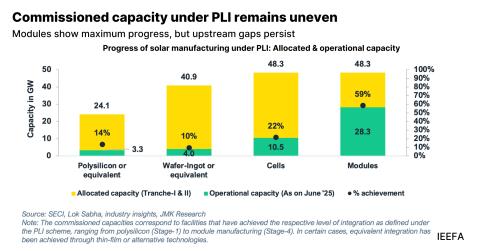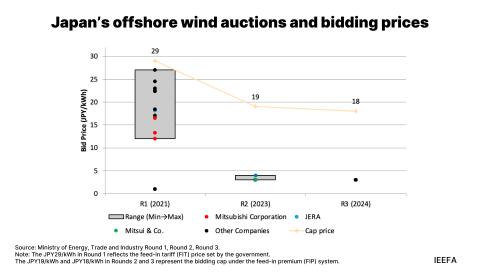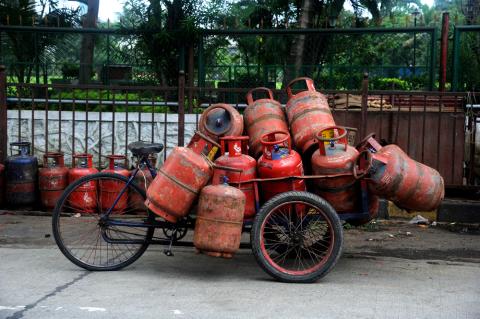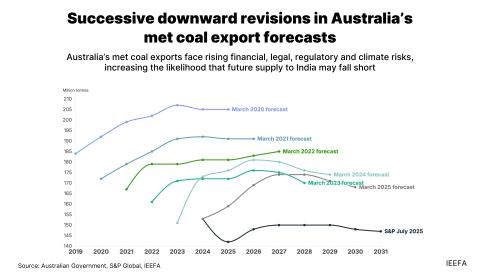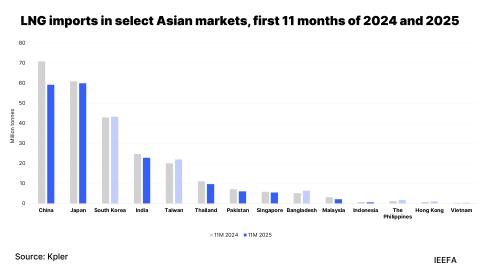Heavy trucking unlikely to materially increase China's LNG imports
Download Full Report
View Press Release
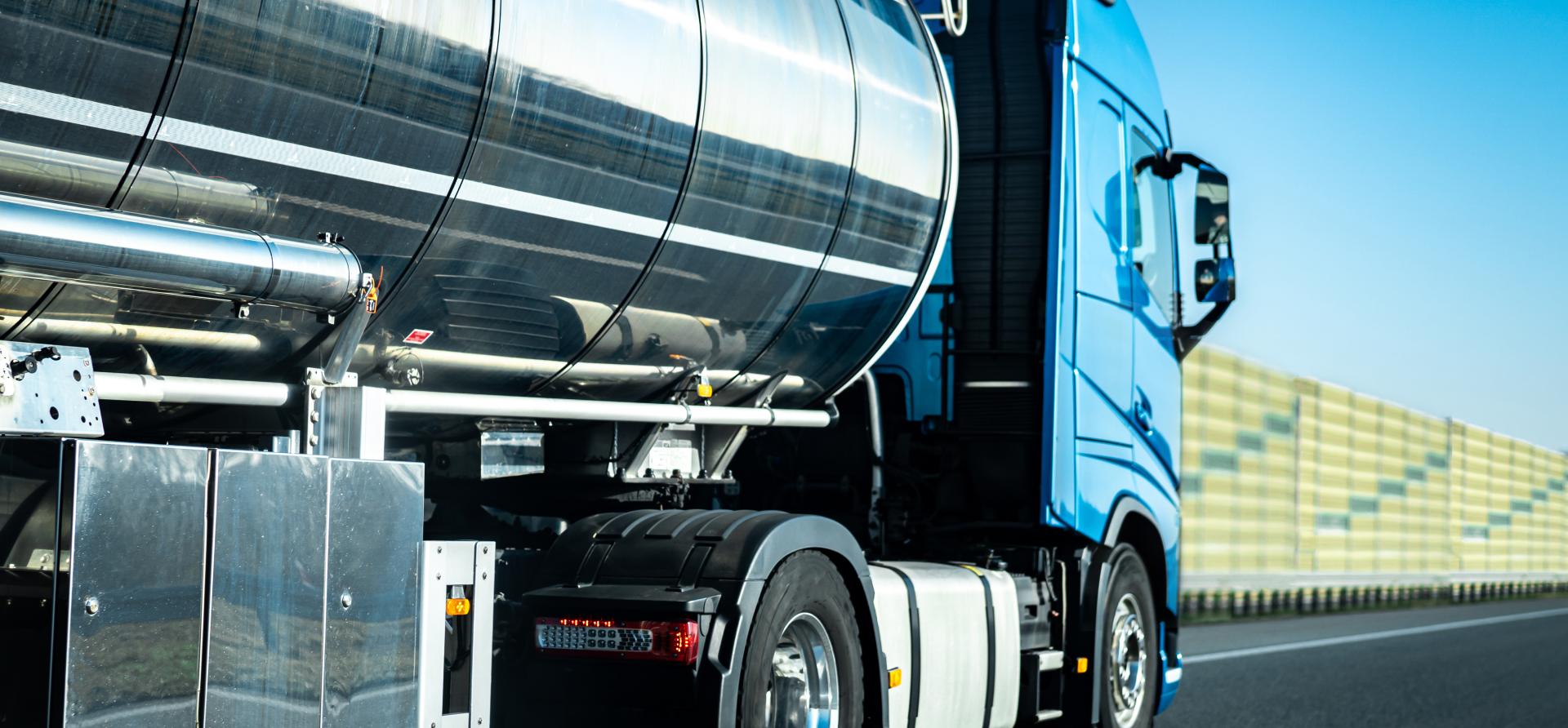
Key Findings
China is experiencing a boom in liquefied natural gas (LNG)-fueled heavy-duty vehicles (HDVs) driven by its expansive gas infrastructure, increasing lower-cost gas supplies, and coordinated policy incentives. However, it faces challenges from LNG price volatility and increasingly competitive electric alternatives. LNG may play only a transitional role for heavy-duty vehicles.
China liquefies enough gas domestically to meet road transport demand, and local liquefaction capacity and cheaper feedstock supplies are growing. Since China is potentially self-sufficient in LNG for road transport, the LNG trucking boom may play a minimal role in driving imports to the country.
Other Asian countries do not share China’s inherent qualities that enabled its LNG trucking surge. With costs declining, electric heavy-duty vehicles could emerge as Asia’s main displacer of diesel in road transport.
Countries aiming to replicate China’s diesel displacement should recognize the difficulty of recreating the enabling environment present there. They may be better served directing funds towards electrification rather than investing in an LNG-fueled HDV supply chain that could become stranded in the near future.
Executive Summary
The adoption of liquefied natural gas (LNG)-fueled heavy-duty vehicles (HDVs) has not achieved widespread momentum globally but is progressing successfully in China. Low prices over the past two years have encouraged switching from the incumbent diesel models. In 2024, the LNG segment comprised almost 30% of HDV purchases and set absolute sales records in the same period.
Implementing more stringent vehicle emission standards to improve air quality, increasing HDV manufacturing capacity, and using subsidies to replace aging, higher-emitting diesel models with LNG alternatives were instrumental to this success. However, the most integral part of this LNG trucking boom is China’s expansive pipeline network, which can now provide lower-cost gas supplies from domestic production and pipeline imports to most of the country. The availability of these cheap gas feedstocks spurred the growth of liquefaction plants and the LNG refueling network necessary to catalyze LNG trucking sales. The government removed adoption barriers by promoting LNG refueling stations to displace oil and included transport as a priority sector for gas utilization. Without this infrastructure, the added cost of transporting LNG from coastal terminals would have curtailed the boom, as sales are strongly responsive to the relative price of LNG to diesel.
Proponents in the gas industry cite China’s recent surge in LNG trucking as a strong signal for future LNG growth across emerging Asian markets. However, this ignores the current and evolving headwinds facing this heavy trucking segment in China. With LNG trucking adoption highly responsive to the LNG-diesel price ratio, LNG’s inherent volatility and diesel’s relative stability could dampen sales during tight supply periods within the country and around the world. Policies to accelerate replacing older diesel HDVs now provide preferential subsidies for electric alternatives. In the first quarter of 2025, the electric segment already captured almost 20% of HDV sales, up from 8.1% a year ago. LNG sales constituted 31% of the market, down from over 33% in 2024. Moreover, declining battery costs and support for the development of battery-swappable vehicles will improve the cost competitiveness of electric alternatives in heavy-duty applications.
China also liquefies enough natural gas domestically to meet road transport demand in aggregate, producing 25 million tonnes (Mt) in 2024, more than the 22Mt used by vehicles. This ability is increasing. Domestic liquefaction capacity rose by an estimated 41% in 2024, and the lower-cost feedstocks to supply these plants are growing. Domestic production doubled in the last decade to 246 billion cubic meters (bcm) and is expected to increase 5% this year. The capacity of import pipelines from Russia and Central Asia is rising, bringing more lower-cost gas into the country. Moreover, China’s large base of independent, non-captive coke production units yields byproduct coke oven gas, which was traditionally wasted but is increasingly transformed into valuable commodities, including LNG. With LNG production already surpassing road transport demand, liquefaction capacity increasing, and feedstock supplies growing, road transport use of LNG may play a minimal role in driving imports into China.
Governments and proponents that view China as a blueprint for LNG-fueled HDV adoption should acknowledge the difficulty in replicating China’s unique, enabling environment across Asia. Most countries lack access to lower-cost gas sources and the expansive infrastructure to establish a liquefaction network. Such supplies are rising in China but falling in South and Southeast Asia. Production is declining due to resource maturity, and exploration efforts to reverse this have yet to yield results. Pipeline trade is scarce, and those relying on it for imports also see decreasing supplies due to resource maturity. Moreover, due to the lower coke production capacity and its tendency to be captive to the steelmaking process, the transformation of coke oven gas has limited potential in other countries. Without these innate characteristics, the proliferation of refueling infrastructure necessary to catalyze LNG sales will be difficult to establish across Asia. While lower prices from an emerging LNG glut could spur adoption, cost parity from electric alternatives may begin to stall LNG truck sales as soon as this decade.
This report details the recent increase of LNG in fueling China’s heavy-duty trucks and examines the key factors that could alter this trajectory going forward. Section II provides a brief overview of the policy and infrastructure developments that enabled LNG truck sales to boom in China, while Section III explores the challenges of sustaining this success. Section IV assesses the role of China’s domestic liquefaction plants in the disposition of LNG supply fueling HDVs. Section V briefly discusses the potential for replicating the country’s LNG trucking success across Asia.
Read the fact sheet: Insights from China's current LNG trucking boom



